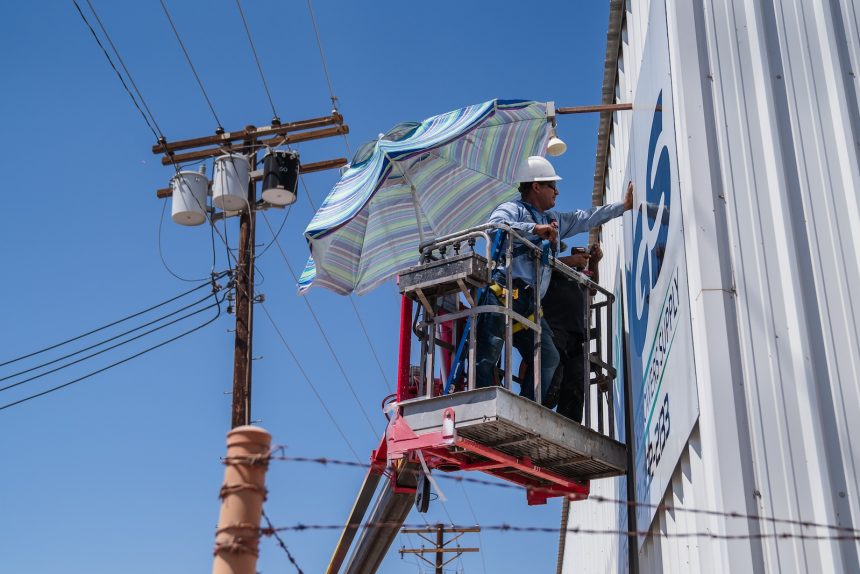Throughout the last 15 years, Nick Lubecki has been an urban farmer in Pittsburgh. Over that time, he has noticed a significant increase in temperatures, particularly during back-to-back summers with sweltering heat impacting his produce harvest at Braddock Farm. This small urban plot, located next to a working steel mill, grows vegetables such as lettuce, collards, and tomatoes. To combat the intense heat, Lubecki has resorted to wearing a wide-brim hat and staying well-hydrated. However, the exhausting nature of farming in these conditions has become increasingly challenging for him.
With rising temperatures becoming more prevalent in cities like Pittsburgh, the urban heat island effect has exacerbated the issue. This phenomenon occurs when a city’s infrastructure traps heat, resulting in higher temperatures compared to surrounding areas. Scientists and designers are working on developing new fabrics that can help counteract extreme heat, but there are concerns about potential exploitation of workers even with the best intentions.
As the effects of climate change continue to impact outdoor workers, the need for heat-reflecting textiles becomes more crucial. These solutions not only showcase the technological advancements but also emphasize the importance of deploying them responsibly. The dangers of the urban heat island effect lie in its cumulative nature, with built environments absorbing and releasing heat, leading to long-lasting high temperatures.
Research has led to the creation of innovative textile designs that can help combat the urban heat island effect. These fabrics use advanced materials like polymethylpentene and silver nanowires to reflect heat away from the body, providing relief from extreme temperatures in city environments. However, there is a growing concern about the exploitation of such technologies by employers, potentially placing a financial burden on workers or compromising their safety.
While heat-resistant clothing can offer temporary relief for workers, it should not replace essential policy interventions to protect them from heat stress. It is crucial to consider the customization of these fabrics based on individual workplace needs and ensure they align with occupational safety guidelines. As the world continues to face rising temperatures, innovative solutions like heat-repelling textiles can play a significant role in mitigating heat-related illnesses and improving worker safety.






